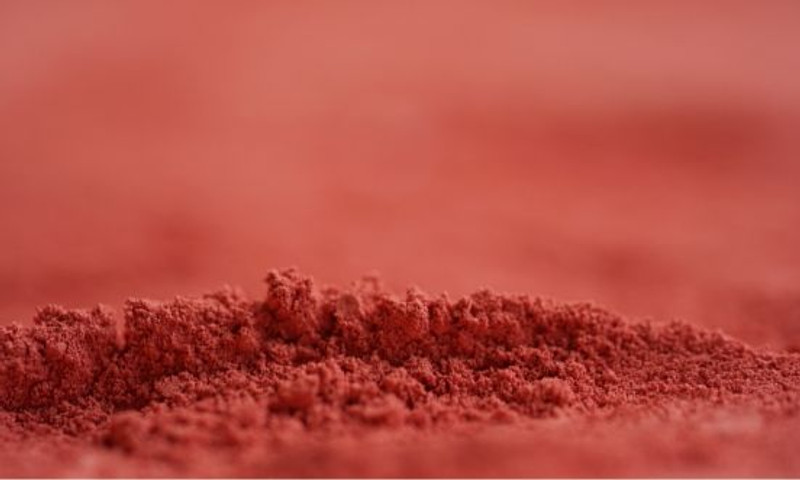The Origins of Pigment
Many artists today will purchase premade paint from the store with little thought as to the extensive history that lies within the medium in their hand. The story of Pigments can be traced back to ancient etchings made upon the walls of caves. These prehistoric paintings were originally made with red and black Pigments, though brown was eventually introduced. Yellow and red mineral Pigments were taken from the earth and mixed with animal fat to allow it to stick to the wall. Charcoal and dirt were used to create the black shades that were used.
Egyptian Advancements
As early as 5000 BC, ancient Egyptians were using these same Pigments to create art on walls and pottery. As the years progressed, they invented more colors. The Egyptians were known for creating brilliant blues, such as the eponymous Egyptian blue, which was made from glass and powder. While the Egyptians were building their palette, the Greeks and Romans were on their corner of the world developing one of the most expensive Pigments of the time—Tyrian purple, which was created from snail mucus. The cost of creating this Pigment is the reason that the color purple is associated with royalty, as only those in higher classes could afford it.
The Renaissance
The history of Pigments again advanced throughout the early Renaissance’s artistic revolution. The Italians took art to an entirely different dimension than the one it had existed in before, and this called for further experimentation with color. They began to create diversity in earth Pigments by roasting siennas or umbers to create deeper shades. This is also when the ever-popular genuine ultramarine was created from lapis lazuli.
The ways in which artists mixed their paints to create colors also began to change. Artists would create their paints from scratch, oftentimes delegating the task to apprentices. It was around this time that linseed oil began to replace egg as a solvent. Jan Van Eyck, born in 1395, is an artist credited with ushering in many artistic advancements, and his techniques in mixing Pigments have influenced many works created in the Renaissance.
Today
The 18th century began distributing the knowledge of different Pigment types to various places in the world. The late 18th century saw an increase in the purchase of ready-made paints, and fewer artists were making their own shades. As the years passed, they saw paint become mass-produced, and the costs of many Pigments dropped.
While Pigments aren’t as well-known as culinary or technological developments, they are still one that has been in the works for several millennia. Though modern art is oft created from ready-made packages in your local craft store, some artists still follow the examples of artists past, creating their own paints with earth Pigments sourced from reliable companies. These artists know that the advancements of Pigments and art has yet to plateau—and they’re the ones who continue to contribute to a promising artistic future.

